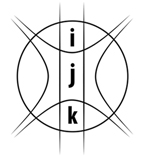The Geometric Algebra and the Numbers I
Path to the Infinities?
"Mathematics is the queen of sciences
and number theory is the queen of mathematics"
(Carl Friedrich Gauss)
The algebra started as a science of the counting and then it became general abstract area of the operations. The geometry evolved from the land-survey and it became the theoretical science of the spatial contexts. The calculation and measurement methods were more and more necessary because mathematics is becoming more and more abstract. So mathematics bifurcated into two areas and now we are making difference between pure and applied mathematics. No need to be explained why the number theory is the most important area in the theoretical and the applied mathematics. The science of numbers unbrokenly is the key area of mathematics Gauss citing the "queen of mathematics".1
____________________________________
1 I consider the counting as a special temporal operation and on the other hand the measurement as a spatial one. The geometric algebra is an encounter of algebra and geometry; it means an interconnection between the time and the space. It is no coincidence that the geometric algebra is currently the best way of describing space-time.
After registration, you may ask for a translation of the full text by email.
The two-element numbers as number lines described with homogeneous coordinates
Contents:
- History
- Homogeneous coordinates and the number lines
- Parabolic (number) line
- Hyperbolic (number) line
- Complex or elliptic (number) line
- Summary
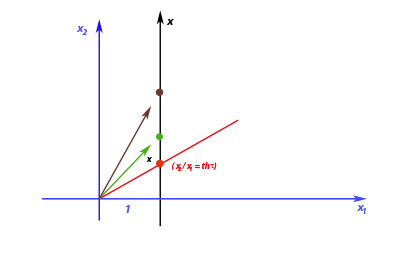
György Spiró, Selected Essays – 1979-2016
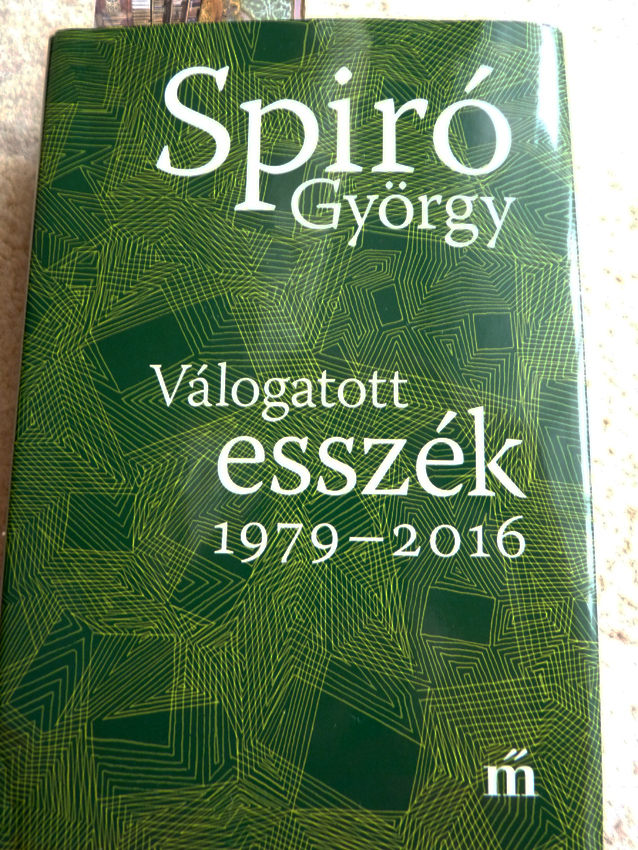
Brief thoughts on György Spiró's book
Instead of book reviews these are the title of some essays from the book:
- Tadeusz Borowski
- Elem Klimov: Agony
- Stanisław Wyspiański
- Ivan Olbracht
- Hamvas
- Petri
- Gobbi
- M.G.P.
- Gorki as street name
After registration, you may ask for a translation of the full text by email.
Thomas S. Kuhn and the Scientific Revolutions
Letter to BZ
Dear Z,
As I read, you deal with Kuhn's theory of paradigm as well. If you could see that my book is full of scribbled notes! (Incidentally, 1984 was 44Ft the price of this book. Incredible! This represents a 100-fold price increase in past 30 years!)
As much as I appreciate Thomas S. Kuhn's book on scientific revolutions, I do not agree with it in many respects, and even then I did this when I first read it. Maybe you are interested, so I summarize my feelings against his opinion.
(Additional contents:
– „Paradigma shift” and the law of “the transformation of quantity into quality”
– Kuhn and Karl Popper’s "falsificationism"
– Changes of information in a paradigma shift)
After registration, you may ask for a translation of the full text by email.
Quantum Cats and Other Quantum Tricks, Part IV
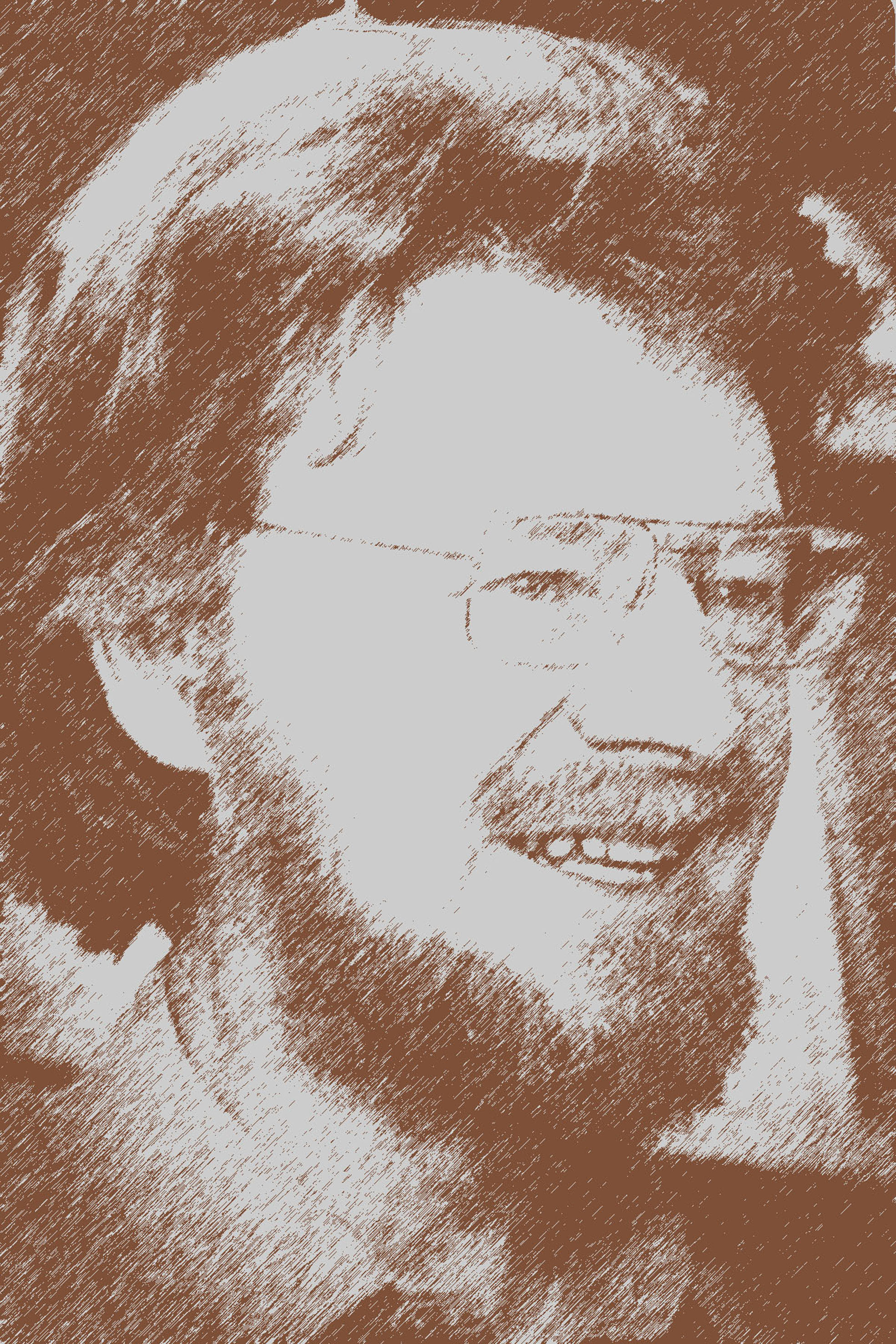
Bell inequalities
Contents
1. Introduction
2. The quantum phenomena and the information
3. The quantum phenomena and the measurement
3.1. The two-element numbers as special infinite-models
3.2. The two-element numbers as space-time-models
3.3. Addition rules for probabilities
3.3.1. Quantum descriptions – as complex interference of probabilities
3.3.2. Classical description of probabilities – as parabolic interference of probabilities
3.3.3. Hyperbolic interference of probabilities
3.4. Cartesian coordinates and polar coordinates of two-element numbers
4. Measurement and information – conjectures relating to the incompleteness of the quantum formalism
5. Bell inequalities
After registration, you may ask for a translation of the full text by email.

Quantum Cats and Other Quantum Tricks, Part III
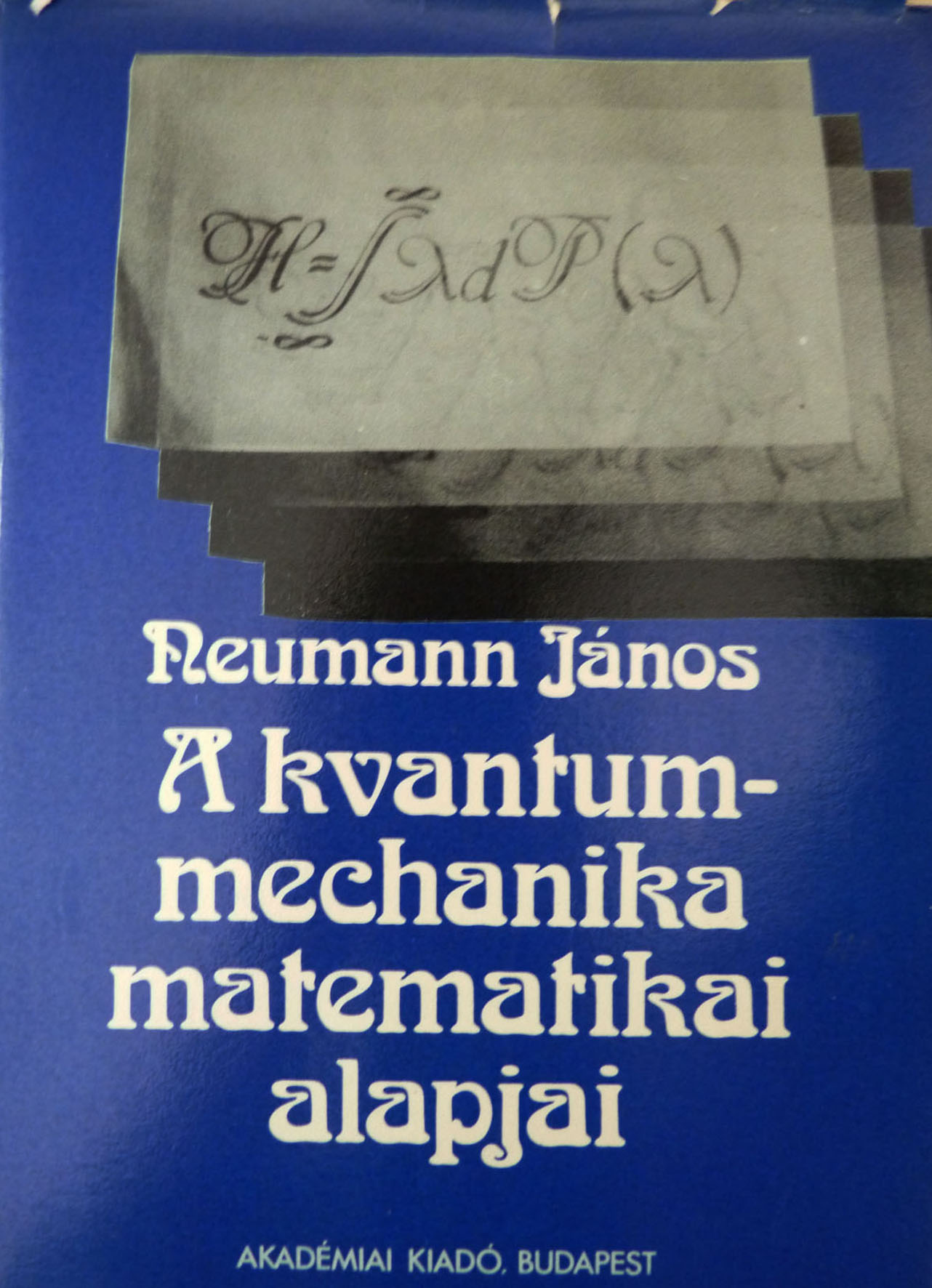
EPR Thought Experiment and Hidden Variable Theory
Contents
1. EPR thought experiment and the mysterious non-local effect
2. Hidden variable theory
After registration, you may ask for a translation of the full text by email.
Quantum Cats and Other Quantum Tricks, Part II
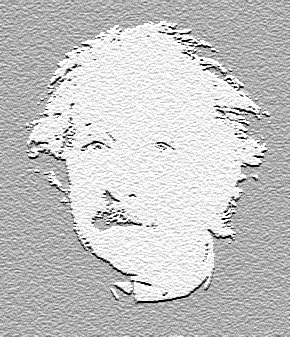
Einstein and the Dice
I would like to write about EPR experiment and Bell inequalities as well. Before writing this it is worthwhile to mention the much-quoted phrase of Einstein; “God does not play dice with the universe”1. Einstein thought that the world determined with causality and the outside world is independent of our cognition process. This belief of Einstein does not mean that our knowledge about the world would not be true only on a probability level. Reputedly Einstein said: “As far as the laws of mathematics refer to reality, they are not certain, and as far as they are certain, they do not refer to reality”. He believed that the probability character is not the attribute of the reality, but that of our knowledge about the reality.
___________________________
1 Albert Einstein, „The Born-Einstein Letters 1916-55”
After registration, you may ask for a translation of the full text by email.
Quantum Cats and Other Quantum Tricks, Part I

Brief thoughts on John Gribbin's book1
John Gribbin’s book titled Computing with Quantum Cats is an eclectic opus. It mixes the history of science with biographical elements of some scientists and with presentation of IT development, supplemented by the theory and practice of quantum computers.
1. Schrödinger and the Kitten
Since there is a lot of hearsay about this Schrödinger’s thought experiment, it is worth reviewing it in more detail.
__________________________
1 John Gribbin, Computing with Quantum Cats
After registration, you may ask for a translation of the full text by email.
From the negative hyperbolic probabilities toward a new and unified mathematical toolkit
On the occasion of one of Florin Moldoveanu articles1
Contents
1. On the mathematics of the quantum physics
2. Florin Moldovaenu ideas from the hyperbolic QM
3. Beginnings of the use of hyperbolic numbers
4. Summary and the outlines of the future
Appendix I
1. Elementary attributes of the two-element numbers
2. Inner product, or dot product and the quadratic forms of two-element numbers
3. Outer product, or symplectic bilinear forms of two-element numbers
4. Geometric elements on the number-planes of the two-element numbers
4.1 Geometric representation of multiplication
4.2 Geometric representation of addition
5. Modeling of geometries
6. The two-element numbers and the geometric algebra
7. Modeling of set theories, and the representation of infinity as a new quality
Appendix II
Thought experiment with hyperbolic norm and convergence definition
______________________________
1 Florin Moldoveanu, „Non Viability of Hyperbolic Quantum Mechanics as a Theory of Nature”;
http://arxiv.org/pdf/1311.6461v2.pdf
After registration, you may ask for a translation of the full text by email.
Marginalia to Andrei Khrennikov's hyperbolic quantum mechanics
The norm of two-element numbers as probability amplitude
Contents
1. Andrei Khrennikov’s hyperbolic quantum mechanics
2.Parabolic – or dual – numbers as the stepchild of two-element numbers
3. Sketchy of a general-purpose probability theory
4. Additional comments
4.1 Summary of probabilities
4.2 Probabilities and the triangle inequality
4.3 The probabilities in the light of the relationship between the two-element numbers and the infinities
4.4 The probabilities in light of the two-element numbers as the space-time interpretations
Appendix
1. Elementary attributes of the two-element numbers
2. Geometric elements on the number-planes of the two-element numbers
2.1 Geometric representation of multiplication
2.2 Geometric representation of addition
3. Modeling of geometries
4. The two-element numbers and the geometric algebra
5. Modeling of set theories, and the representation of infinity as a new quality
After registration, you may ask for a translation of the full text by email.



